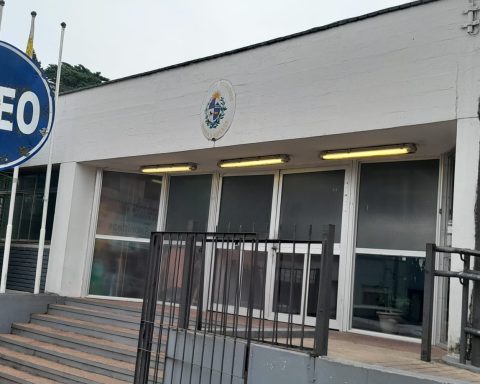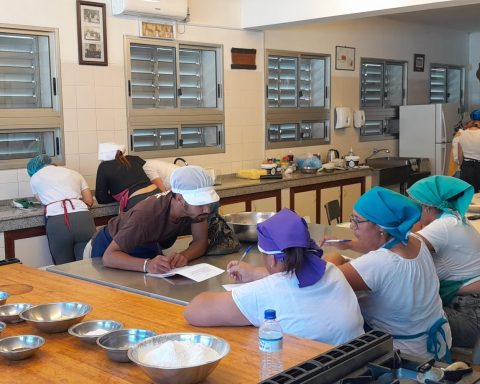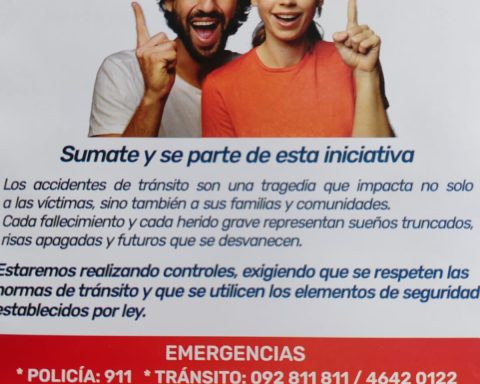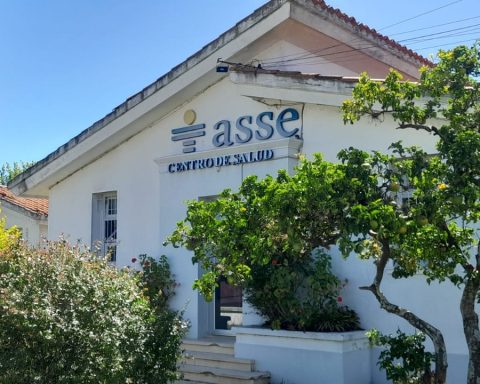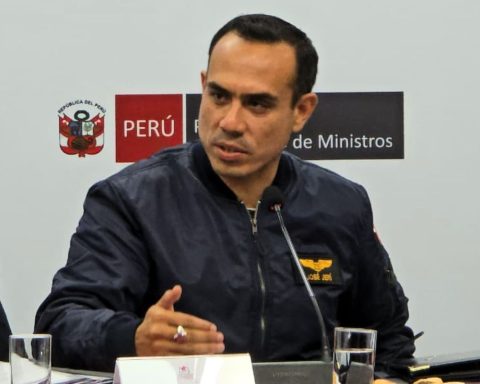In Uruguay, it is more common to insure a car than a house or an apartmentthey told The Observer from the Uruguayan Association of Insurance Companies (Audea).
However, regarding properties, the spokesperson who works in the institution’s technical commission, Felipe Rodríguez, explained that the vast majority of apartment buildings have sufficient insurance to cover events such as the one that occurred in Villa Biarritz, but at the level of houses it is not as frequent.
fire is common
Rodríguez explained how the insurance market works in the country and highlighted that one of the typical coverages is for fire, which include—mostly—explosion damage.
Audea’s spokesman said that When contracting insurance, each person must analyze the risk to be covered. In that sense, he assured that there are insurances that cover —in addition to material damage to the property itself—, the damage that can be generated on third parties: civil liability insurance.
“There are insurance packages that are sold in the market that cover all these needs: fire, explosion, civil liability and other types of damages”, Rodriguez pointed out.
Asked about the costs, the Audea spokesman pointed out that it is “quite varied because it depends on different factors”. “It is hard for me to say the average cost in the market but, In general, they are quite cheap proposals. In relative terms, it is much cheaper to insure a house than to insure a car, ”he assured.
The general manager of Surco Seguros, Andrés Elola, said that, for the insurer, fire is the main risk to be covered in propertiesand that after a series of coverages are added for specific risks such as storms, theft, glassamong others.
In addition, “there are a series of additional ones that have to do with the event, and try to help people get out as quickly as possible of what this implies”Elola pointed out, and said that in some cases the insurer even grants lodging.
In terms of cost – and referring to the building explosion at Villa Biarritz-, said: “no expensive insurance”. For properties, insurance can reach US$300 per year, although it varies according to the size and value of the property to be insured and its cost can drop to around US$50 per year. “At Surco we have a fairly wide range, for different audiences. The cheapest ones are partial coverage, but it is better to have something than to have nothing”, Elola considered.
Clarified that the perception of risk is what determines how much someone is willing to pay, and “unfortunately” in the country people are more open to paying for car insurance because he is afraid that the plate will be scratched or stolen, that for a property that usually has a heritage value much higher than a car.
“For a risk like the explosion, or to cover damages from natural catastrophes like what happened in Paysandú, the Uruguayan insurance market has products. There are packages adjusted to the usual needs of potential policyholders”, Rodríguez concluded.
